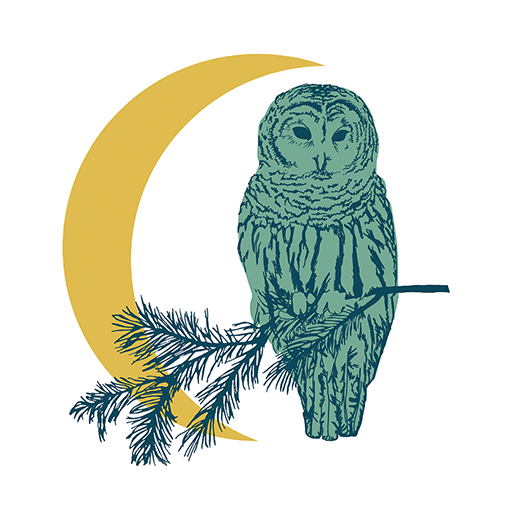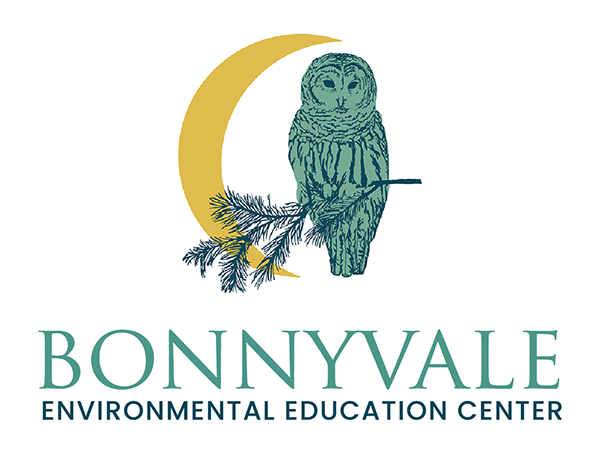Assorted Community Science Projects
iNaturalist is a worldwide project that allows anyone to post observations of species. It includes a wonderful app that helps you identify discoveries, and it’s also a community of naturalists that verify identifications. You can participate in specific projects, including our project at BEEC – the Bonnyvale Environmental Education Center bioindex. On your next visit to our nature trails, find our project in the app and document wildlife and plants you observe.









